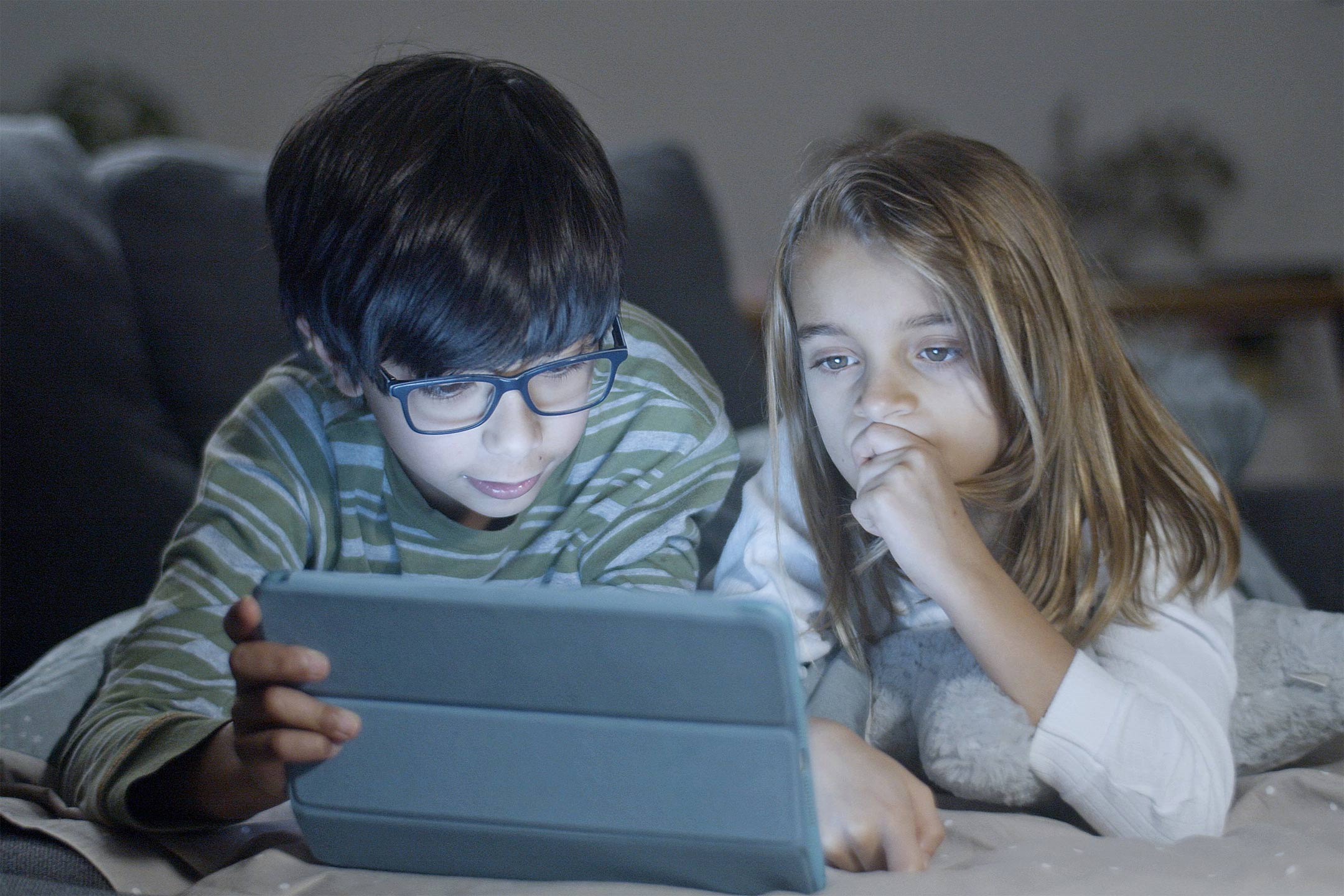
25 Jan A Balancing Act: Screens, Sunshine, and Check-ups
While it’s not realistic to avoid screens entirely, being mindful of how screens impact eye health and managing risks on a day-to-day basis is essential.
According to Professor Isabelle Jalbert from the School of Optometry and Vision Science, UNSW Medicine & Health, “There is a genetic component to developing myopia, but we know the prevalence has increased dramatically in recent decades,” she says . “It’s too rapid to be explained by genetics alone; we need to look at what’s changed in our environment, and it’s highly likely that lots of screen time is a risk factor for at least some development of short-sightedness in children.”
“Once the eyeball has grown too much, it can’t shrink back, so while we may be able to help correct vision, there remains a higher lifetime risk of developing serious eye conditions later in life,” She says. “So, as always, prevention is the best strategy where possible.”
Prof. Jalbert says there are some preventative measures we can take to minimise the impact of digital screens on our eyes.
That includes limiting daily screen time per World Health Organisation guidelines – less than two hours per day for school-age children and no screen time at all for kids under 2.
- Rise in Myopia:
- Evidence indicates an increase in myopia (short-sightedness), especially among children.
- Genetic factors alone cannot explain the rapid rise, suggesting environmental factors like excessive screen time might be involved.
- Risks of Myopia:
- Myopia results in irreversible blurry distance vision, even if corrected with glasses or lenses.
- Modern treatments can slow progression but are costly.
- Myopia increases the lifetime risk of severe eye conditions like glaucoma, retinal detachment, cataracts, and myopic macular degeneration, potentially leading to blindness.
- Short-Term Effects:
- Excessive screen time can cause eye strain and induce symptoms of dry and tired eyes.
- Blink rates are reduced by screen viewing, impacting eye lubrication and protection.
- Prevention Strategies:
- Limit daily screen time based on World Health Organization guidelines (less than two hours for school-age children, none for kids under 2).
- Encourage outdoor activities for kids, which may reduce the likelihood of developing myopia.
- For adults, follow ergonomic recommendations, including proper workstation setup, adequate lighting, and regular breaks.
- Adhere to the 20-20-20 rule: every 20 minutes, take a 20-second break to look at something 20 meters away.
- Protect eyes from sunlight with sunglasses and a hat.
- Regular Eye Check-ups:
- Schedule regular eye check-ups, with optometrists generally recommending examinations every two years.
- Vulnerable populations, including those with diabetes and autoimmune diseases, should have more frequent check-ups.
Optometrists often talk about the 20-20-20 rule,” Prof. Jalbert says. “That means every 20 minutes, try to give your eyes a break from the screen and look in the distance 20 metres away for at least 20 seconds.”
It’s easy to forget, but the Professor says it’s important to schedule regular eye check-ups.
Optometrists generally recommend an eye examination every two years. For vulnerable populations, including those with underlying conditions like diabetes and autoimmune diseases, more frequent check-ups are advised.
It is not realistic to tell people not to use screens at all, Prof. Jalbert reminds parents, but we can do better when it comes to being more mindful about how screens might impact our eye health and managing the risks day-to-day,



